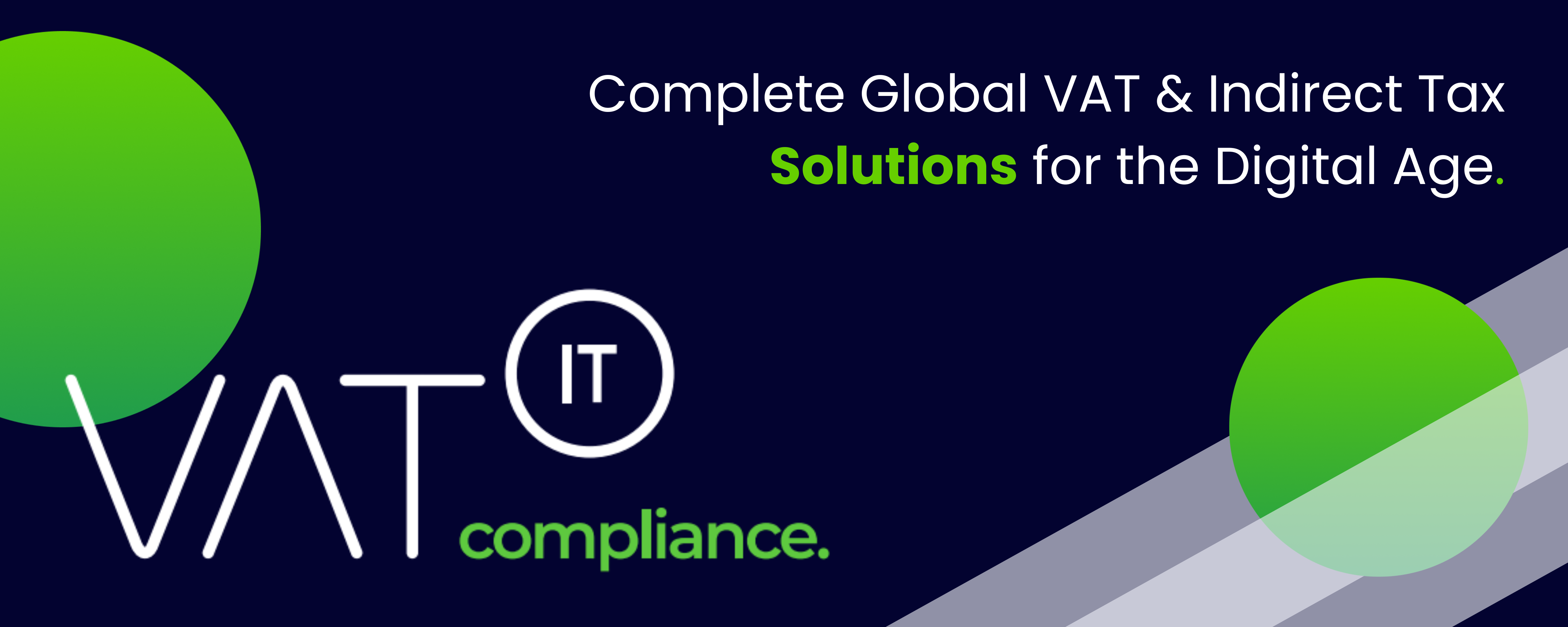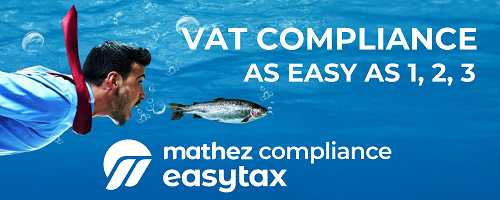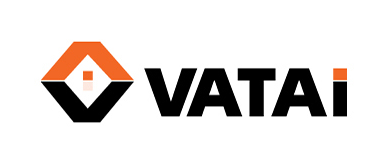On 8 December the European Commission (“EC”) launched its long-awaited proposals to modernize the VAT rules within the EU collectively known as “VAT in the Digital Age package” (“ViDA”). Note that is still a PROPOSAL subject to change.
ViDA has 3 pillars:
- Digital Reporting Requirements (DRR)
- Platform Economy
- Single EU VAT Registration
Content of the invoices: Article 226
The aim of the new reporting system is to provide the necessary information to tax administrations while minimising the administrative burden for taxable persons. In order to achieve the latter objective, the reporting system will take advantage of the issuance of an electronic invoice to automate the process of reporting. However, for this to be possible, it is necessary to include in the invoice all the information required by the tax administrations for the reporting obligation.
This is the reason why Article 226 has been changed to ensure the inclusion in the invoice of all the data that needs to be reported. The data elements added to the content of the invoice are the identifier of the bank account in which the payment for the invoice will be credited, the agreed dates and amount of each payment related to a concrete transaction, and, in the case of an invoice that amends the initial invoice, the identification of that initial invoice.
Current version of article 226
Article 226
Without prejudice to the particular provisions laid down in this Directive, only the following details are required for VAT purposes on invoices issued pursuant to Articles 220 and 221:
(1) the date of issue;
(2) a sequential number, based on one or more series, which uniquely identifies the invoice;
(3) the VAT identification number referred to in Article 214 under which the taxable person supplied the goods or services;
(4) the customer’s VAT identification number, as referred to in Article 214, under which the customer received a supply of goods or services in respect of which he is liable for payment of VAT, or received a supply of goods as referred to in Article 138;
(5) the full name and address of the taxable person and of the customer;
(6) the quantity and nature of the goods supplied or the extent and nature of the services rendered;
(7) the date on which the supply of goods or services was made or completed or the date on which the payment on account referred to in points (4) and (5) of Article 220 was made, in so far as that date can be determined and differs from the date of issue of the invoice;
(7a) where the VAT becomes chargeable at the time when the payment is received in accordance with Article 66(b) and the right of deduction arises at the time the deductible tax becomes chargeable, the mention ‘Cash accounting’;
(8) the taxable amount per rate or exemption, the unit price exclusive of VAT and any discounts or rebates if they are not included in the unit price;
(9) the VAT rate applied;
(10) the VAT amount payable, except where a special arrangement is applied under which, in accordance with this Directive, such a detail is excluded;
(10a) where the customer receiving a supply issues the invoice instead of the supplier, the mention ‘Self-billing’;
(11) in the case of an exemption, reference to the applicable provision of this Directive, or to the corresponding national provision, or any other reference indicating that the supply of goods or services is exempt;
(11a) where the customer is liable for the payment of the VAT, the mention ‘Reverse charge’;
(12) in the case of the supply of a new means of transport made in accordance with the conditions specified in Article 138(1) and (2)(a), the characteristics as identified in point (b) of Article 2(2);
(13) where the margin scheme for travel agents is applied, the mention ‘Margin scheme — Travel agents’;
(14) where one of the special arrangements applicable to second-hand goods, works of art, collectors’ items and antiques is applied, the mention ‘Margin scheme — Second-hand goods’; ‘Margin scheme — Works of art’ or ‘Margin scheme — Collector’s items and antiques’ respectively;
(15) where the person liable for payment of VAT is a tax representative for the purposes of Article 204, the VAT identification number, referred to in Article 214, of that tax representative, together with his full name and address.
In Article 226, the following points (16), (17) and (18) are added:
‘(16) in the case of a corrective invoice, the sequential number which identifies the corrected invoice, as referred to in point (2);
(17) the IBAN number of the supplier’s bank account to which the payment for the invoice will be credited. If the IBAN number is not available, any other identifier which unambiguously identifies the bank account to which the invoice will be credited;
(18) The date on which the payment of the supply of goods or services is due or, where partial payments are agreed, the date and amount of each payment.’;
Impact on businesses: Extra data fields to be mentioned on invoices.
The European Commission made in its proposals reference to Directive 2014/55/EU of the European Parliament and of the Council of 16 April 2014 on electronic invoicing in public procurement. Article 6 of that Directive talks about the ”Core elements of an electronic invoice”. Some of these elements are not included in article 226.
Definition: ‘core elements of an electronic invoice’ means a set of essential information components which an electronic invoice must contain in order to enable cross-border interoperability, including the necessary information to ensure legal compliance;
Article 6: Core elements of an electronic invoice
The core elements of an electronic invoice are, inter alia:
- (a) process and invoice identifiers;
- (b) the invoice period;
- (c) seller information;
- (d) buyer information;
- (e) payee information;
- (f) seller’s tax representative information;
- (g) contract reference;
- (h) delivery details;
- (i) payment instructions;
- (j) allowance or charge information;
- (k) invoice line item information;
- (l) invoice totals;
- (m) VAT breakdown
Observation: From 2024 this article will not (yet) change, but it is curious that despite the fact that there will be more (even mandatory) e-invoicing, the invoice is not required to include any information about the electronic address/destination of the invoice (e.g. e-mail address, portal to upload, etc.). Further, MS must always accept the standard of 2014/55, but does this also mean that the core elements of an electronic invoice (see article 6 of 2014/55) will become mandatory fields? If yes, it seems that some of these fields are not included in the VAT invoice requirements (yet).
See also
-
-
Extract: On 28 June 2017 the European Committee for Standardisation (CEN) issued the European standard EN 16931-1:2017, Electronic invoicing — Part 1: Semantic data model of the core elements of an electronic invoice and the list of syntaxes CEN/TS 16931-2:2017, Electronic invoicing – Part 2: List of syntaxes that comply with EN 16931-1, according to CEN system of classification.
-
- NBN: Ensure your e-invoices comply with the new European e-invoicing standards
In this serie ….
- ViDA – Impact on business processes – Part 1: End of the Quick Fix on Call-off simplification, start of Special Scheme for transfer of own goods per Jan 1, 2024
- ViDA – Impact on business processes – Part 2: Recipient should be able to accept E-invoices, Member States may make it mandatory to issue E-Invoices as of Jan 1, 2024
- ViDA – Impact on business processes – Part 3: Member States ”Shall Allow” ”Domestic Reverse Charge” as of Jan 1, 2025 (Art. 194)
- ViDA – Impact on business processes – Part 4: Invoices SHALL be issued in a structured electronic format if subject to Digital Reporting Requirements as of Jan 1, 2028
- ViDA – Impact on business processes – Part 5: An invoice shall be issued no later than 2 working days following the chargeable event as Jan 1, 2028
- ViDA – Impact on business processes – Part 6: Elimination of the possibility to issue summary invoices (art. 223) as of Jan 1, 2028
Join the LinkedIn Group on ”VAT in the Digital Age” (VIDA), click HERE















